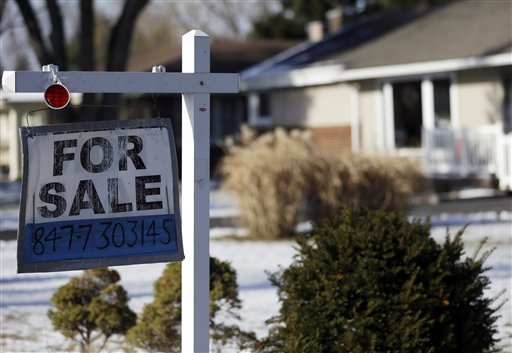Disparate impact. That’s a phrase you don’t hear much in everyday conversation. But it’s the shorthand description of a legal doctrine with important effects on everyday American life — and more if Barack Obama and his political allies get their way.
Videos by Rare
Consider the Department of Justice and Department of Education policies on school discipline. In a “dear colleague” letter distributed last month, the departments noted that “students of certain racial or ethnic groups tend to be disciplined more than their peers.”
Specifically, blacks made up 15 percent of the student population but accounted for more than 35 percent of suspensions.
The letter breezily explains that “research suggests” that this disparate impact of student discipline is not explained by more frequent misbehavior and concludes that “racial discrimination in school discipline is a real problem.”
The upshot is that teachers and principals are on notice that they may get into trouble if they suspend or penalize black students in disproportion to their numbers.
It’s not hard to imagine the likely results: quotas on student discipline and a double standard if, as appears likely, black students misbehave at higher rates than non-blacks.
And it’s important, as U.S. Civil Rights Commission member Gail Heriot wrote, to “consider the other side of the coin — that African-American students may be disproportionately victimized by disorderly classrooms.”
Not much learning takes place in classrooms disrupted by misbehaving students. This policy could end up hurting black students who do not misbehave.
A similar price may be paid by law-abiding blacks and Hispanics in New York City if incoming Mayor Bill de Blasio follows through on his campaign promise to end the police department’s stop-and-frisk policy.
That policy was disapproved as “indirect racial profiling” by a federal judge who used disparate-impact analysis: The percentage of blacks and Hispanics stopped and frisked was far higher than their share of the city population.
But, as Heather Mac Donald of the Manhattan Institute has pointed out, the relevant comparison group is not population data, but crime data. The judge, she wrote, “ignored the fact that blacks commit nearly 80 percent of all shootings in New York and two-thirds of the violent crime.”
The appeals court removed the judge from the case and stayed her decision, and de Blasio appointed William Bratton, who has defended stop-and-frisk, as police commissioner. This suggests that the police tactics that have made the city safer for law-abiding blacks, and Hispanics will not be entirely abandoned.
Another area in which disparate-impact analysis has been deployed is in housing. Department Housing and Urban Development Secretary Shaun Donovan referred approvingly to a study by Zillow, an online real-estate data company, that said blacks and Hispanics are denied home mortgages at rates higher than whites and Hispanics. “(T)hese fundamental disparities affect the abilities of members of each group to accumulate financial assets,” Zillow’s economist writes.
But he also admits that black and Hispanic applicants had significantly lower incomes than whites and so presumably tend to be less creditworthy. Dispensing with credit standards to promote minority homeownership led directly to the 2008 financial collapse — and to foreclosures on blacks and Hispanics.
Disparate impact analysis came into the law when courts faced disingenuous and sometimes violent resistance to civil rights rulings and laws by Southern whites. It was a drastic remedy for drastic obstruction of the law.
A 1971 Supreme Court case ruled that employment discrimination could be inferred by seemingly neutral practices that had disparate impact on blacks and whites.
Around that time, the Nixon administration was imposing racial quotas and preferences on building trades unions, where desirable positions tended to be doled out to sons, nephews and cousins of current members.
Ultimately, disparate impact analysis rests on what ordinary citizens instinctively recognize as a fiction, the notion that in a fair society you would find the same racial and ethnic mix in every school, every occupation and every neighborhood.
This runs against the sometimes uncomfortable fact that abilities and interests are not evenly distributed among ethnic and racial groups.
That doesn’t justify racial discrimination. Ordinary Americans understand that the variation within groups is much higher than the variation between groups. They understand that it’s unfair and unwise to judge individuals by their race of ethnicity.
Unfortunately, disparate impact doctrine produces policies that lead people to do just that. And in the process, it produces results that hurt many of the intended beneficiaries.
© THE WASHINGTON EXAMINER
DISTRIBUTED BY CREATORS.COM



